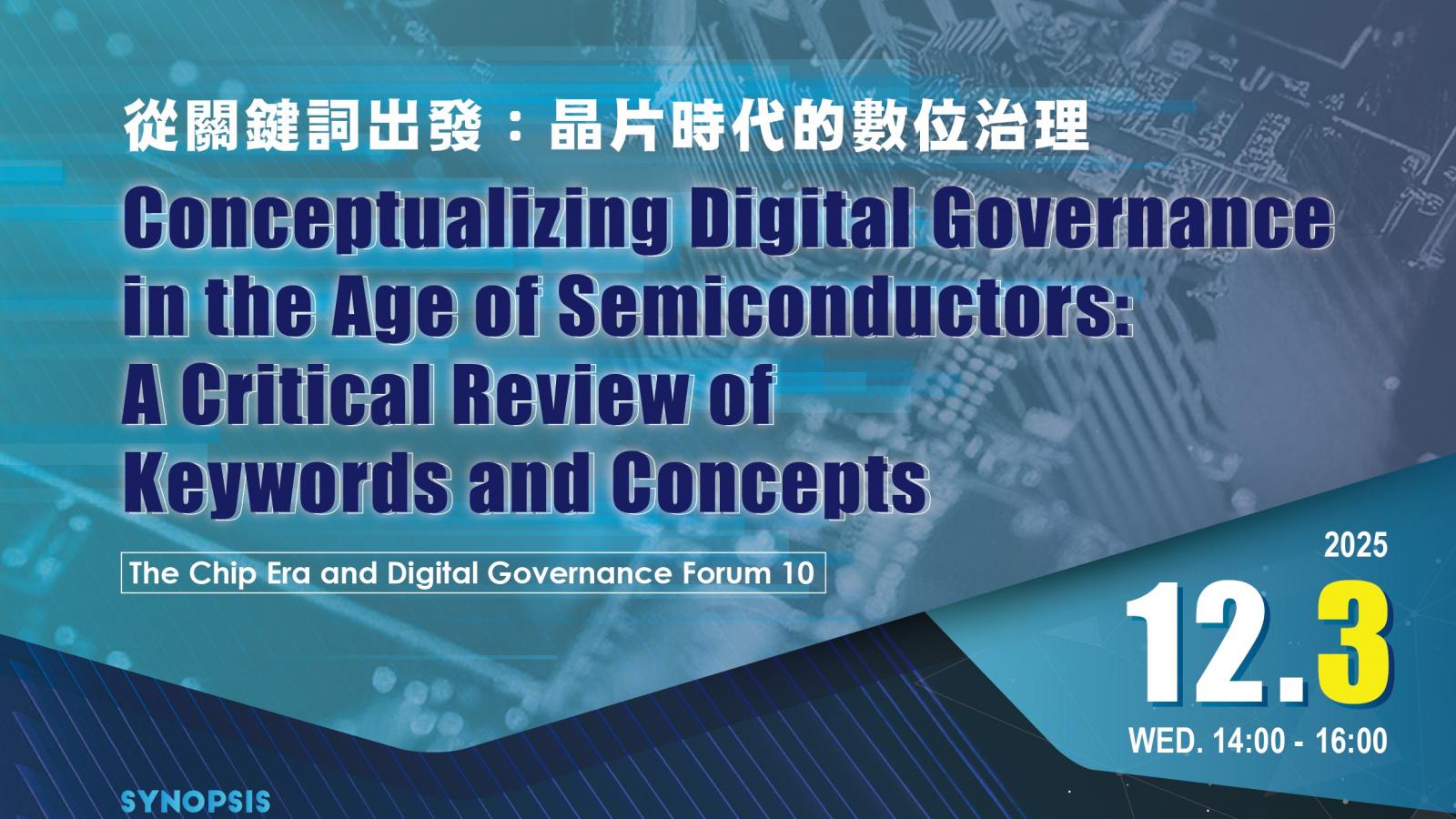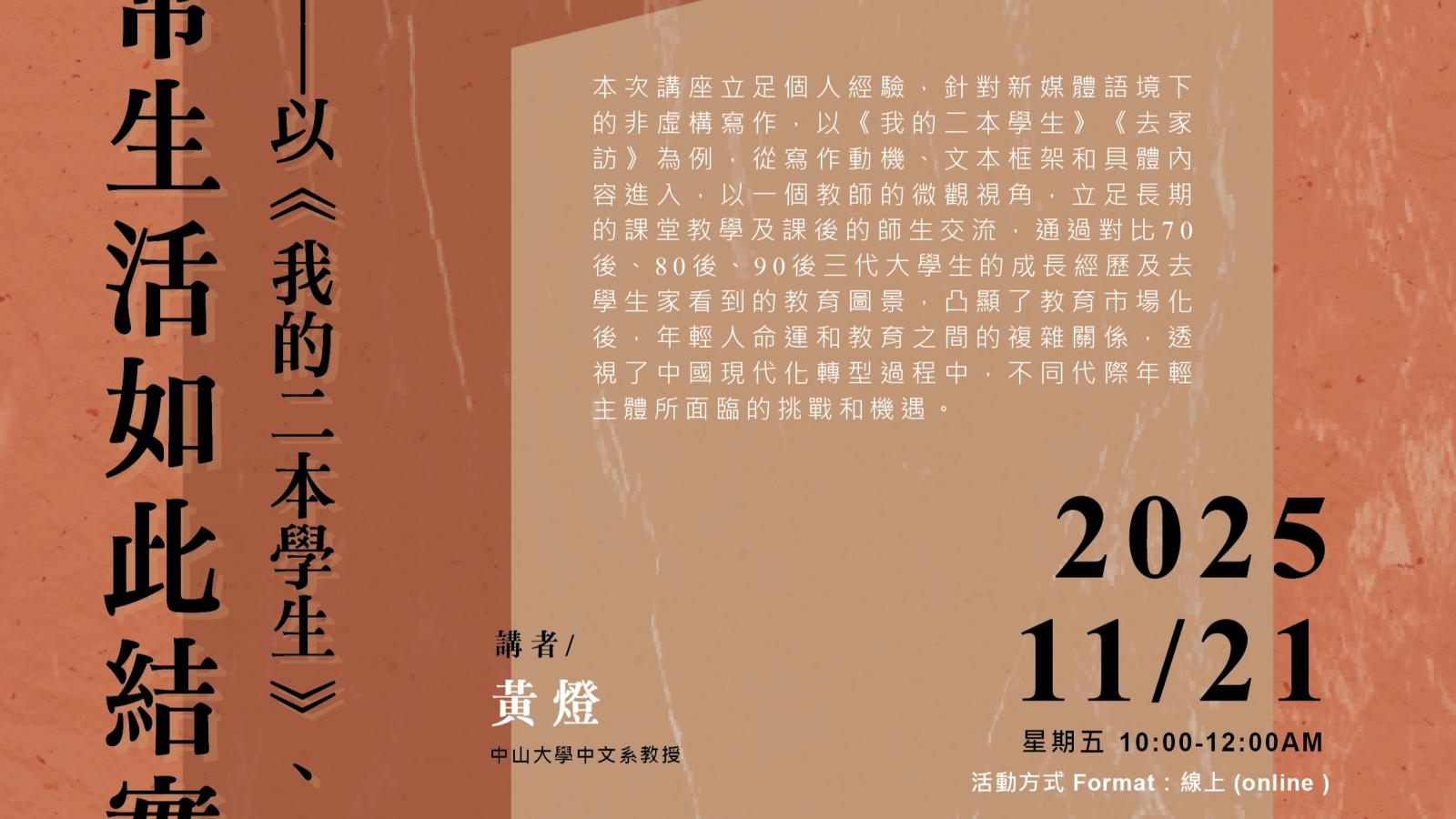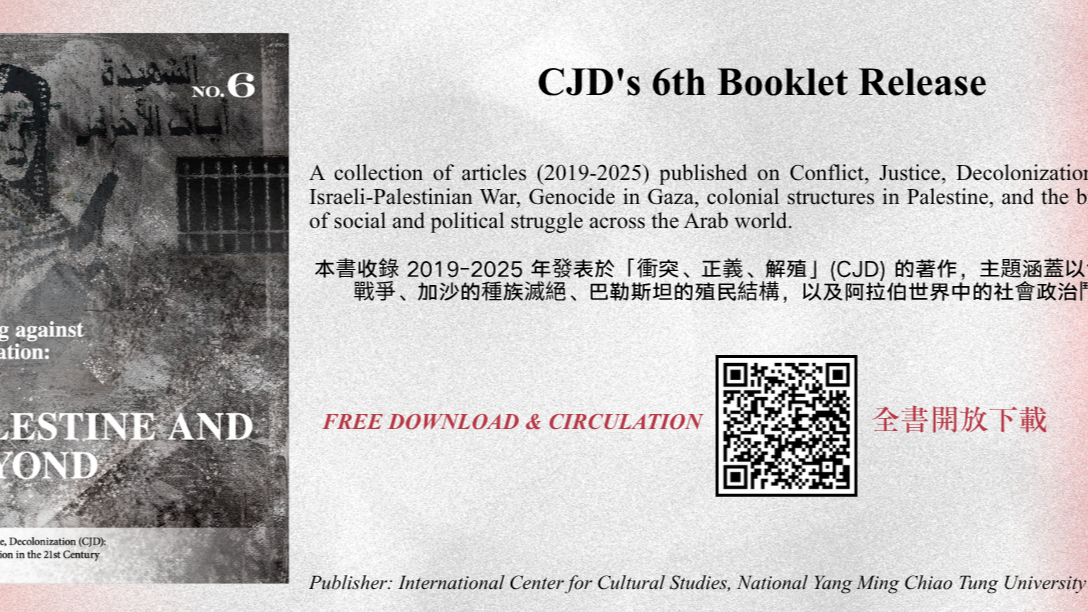

側記| Inter-Asia Cultural Studies lecture series 2023 Fall
2024-01-18
【演講活動側記】
2023秋 亞際文化研究演講系列 (日期:2023/12/4)
Inter-Asia Cultural Studies lecture series 2023 Fall (Date:2023/12/4)
×側記 by 張嘉芸 (亞際學程碩士生)
Topic:
The Inter-Asia Socio-Ecological Dynamics under the Japanese Agricultural Modernity
Lecturer:
朱華瑄/陽明交通大學人社系兼任助理教授
Prof. Hua-Hsuan Chu / Dept. of Humanities & Social Sciences, NYCU
Commentor:
莊雅仲/陽明交通大學人社系教授
Prof. Ya Chung Chuang / Dept. of Humanities & Social Sciences, NYCU
Professor Chu Hua-Hsuan’s lecture focused on how environmental conditions interact with the making of rice production and the consumption network of the Japanese Empire, and also, Taiwan’s role in it. Professor Chu provided her audiences with the historical context of agricultural relations between Taiwan, Japan, and Southeast Asia.
Before diving into the topic, the professor started by answering some key questions about this research. She first explained the importance of studying imperial Japan when studying economic-political issues in the (post)/Cold War era, especially in the East Asian context. Professor Chu called Japan a late-comer to the global modernized imperial competition and that there were few choices left for it to colonize except its neighboring countries in Asia, for example, Korea, Taiwan, and part of China. Under the temporal and spatial confinement, the way Japan mobilized its colonies to support its industrialization/modernization project had become the model, which was in comparison with the European or American ones for the so-called late-comer countries.
The importance of including Southeast Asia’s perspective in this topic was not only because it was the most important source for Japan to import rice, said Professor Chu, but also because it was the most important exporter in the global rice market. After WWI, on the eve of 1920, European countries banned the export of Southeast Asian rice to Japan which pushed Japan to transform Taiwan into its rice production source.
Professor Chu mentioned that before the 1920s, Taiwan rice cultivation enjoyed high biodiversity, which turned out to be a problem for the Japanese when they were trying to output the rice production and make sure the production could fit into the strick Japanese rice market. In the 1920s and 30s, to decrease the rice variety in order for easier management, Japan initiated the Japonica rice spread projects and encouraged Taiwanese to apply more fertilizer. The influence came in all aspects. These acts transformed Taiwan’s primary planted rice from tropical indica rice to Japonica rice, also changed the planting method in Taiwan and the social ecology. The transformation also could be seen through the relationship between humans and other species, for example, the insects that once lived peacefully with the farmers were viewed as pest during this time.
To sum up the lecture, Professor Chu mentioned that to change Taiwan into Japan’s main rice source required a different pattern of control comparing to the one European countries applied on Southeast Asia countries. As a result, it is very important to discuss the radical socio-ecological transformation appeared in Taiwan with its historic connection with Southeast Asia.
近期新聞 Recent News

Report|Conceptualizing Digital Governance in the Age of Semiconductors: A Critical Review of Keywords and Concepts
2025-12-03
more

New Publication | Writing against Occupation: Palestine and Beyond (CJD Booklet No.6)
2025-11-12
more